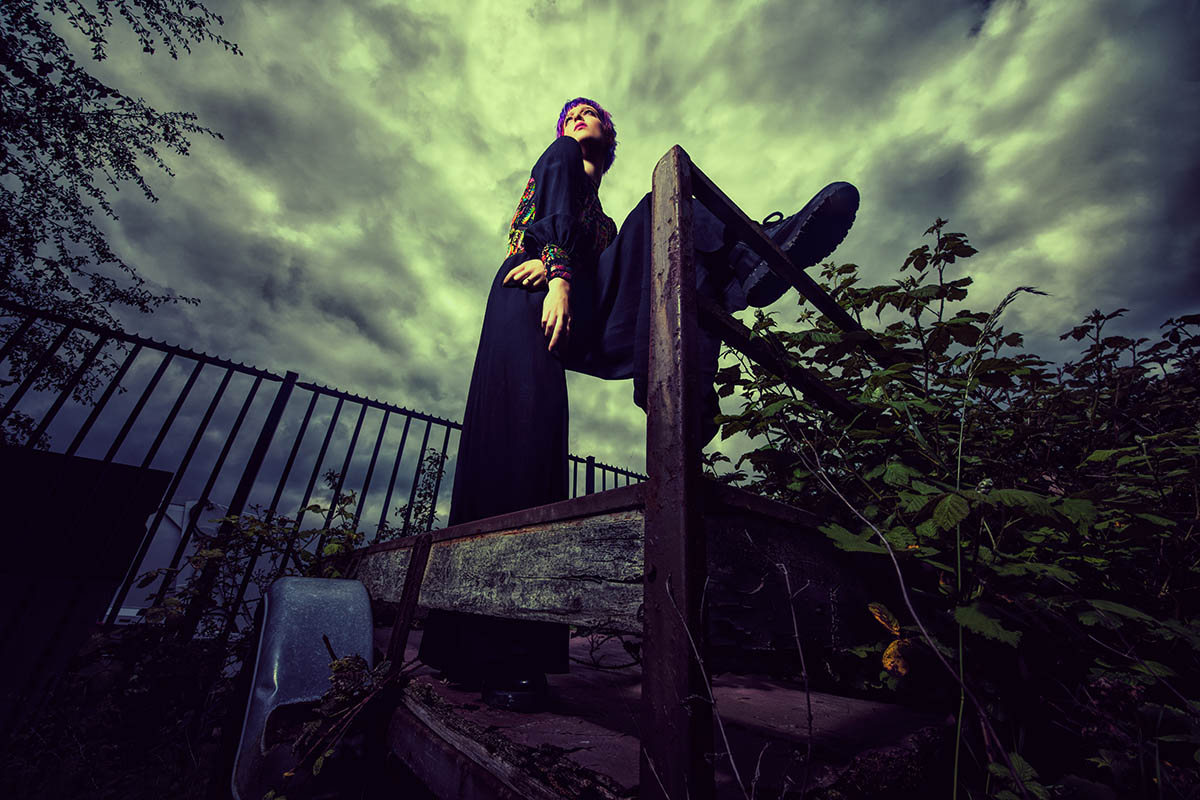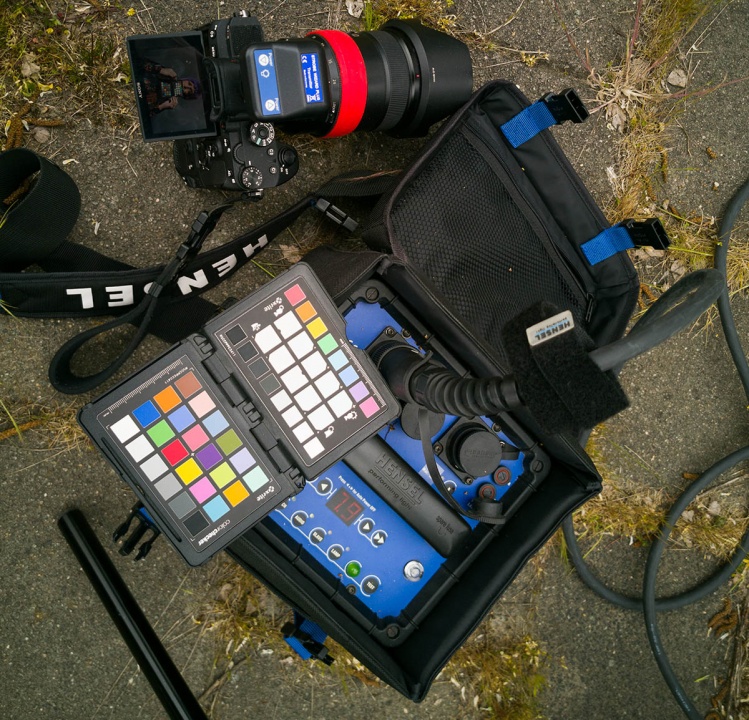What I use on location
Loads of you asked what I bring when I shoot on location, so here we go.
Just another day at the office 😀
Or in other words, the essentials.
X-rite colorchecker passport
Hensel porty
Sekonic L858 lightmeter
Sekonic L858 lightmeter
Sony A7RIII with the easycover ring around the 24-70 f2.8 Gmaster
(The easycover ring I use because the zoom ring of the 24-70 has the tendency to come loose after a while and the easycover ring holds it nicely and secure)
On the Hensel outside I often use the 14″ reflector which is awesome for some extra lightoutput, and because it’s a 14″ reflector it gives a beautiful light quality. This is by the way one of the most important things to think about when shooting outside, make sure you use modifiers that emit enough light, going outside with 400W and a striplight with grid won’t do you much profit when you want to fight the sun (unless it’s in the afternoon or overcast), however add a 14″ reflector and it will “blind” your model and push away the sun.
The Hensel Porty we use has 1200W of pure power and I can use almost any modifier I want to create nice day to night shots, but I still use the 14″ reflector because it means I don’t have to shoot at full power, thus faster recycling and more pops out of the battery pack. This weekend we did a workshop with the Porty and 14″ reflector (and one set with the beautydish) and a full day workshop with 5 attendees meant I still had app 40% left in the battery at the end of the day, which is…. pretty impressive.
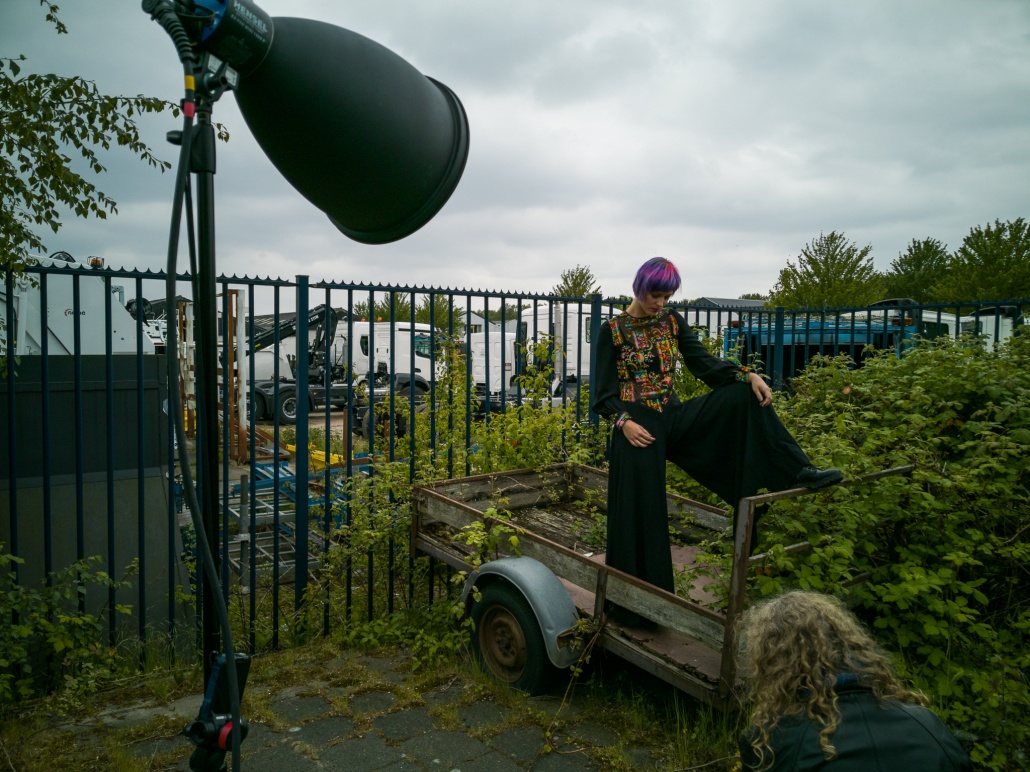
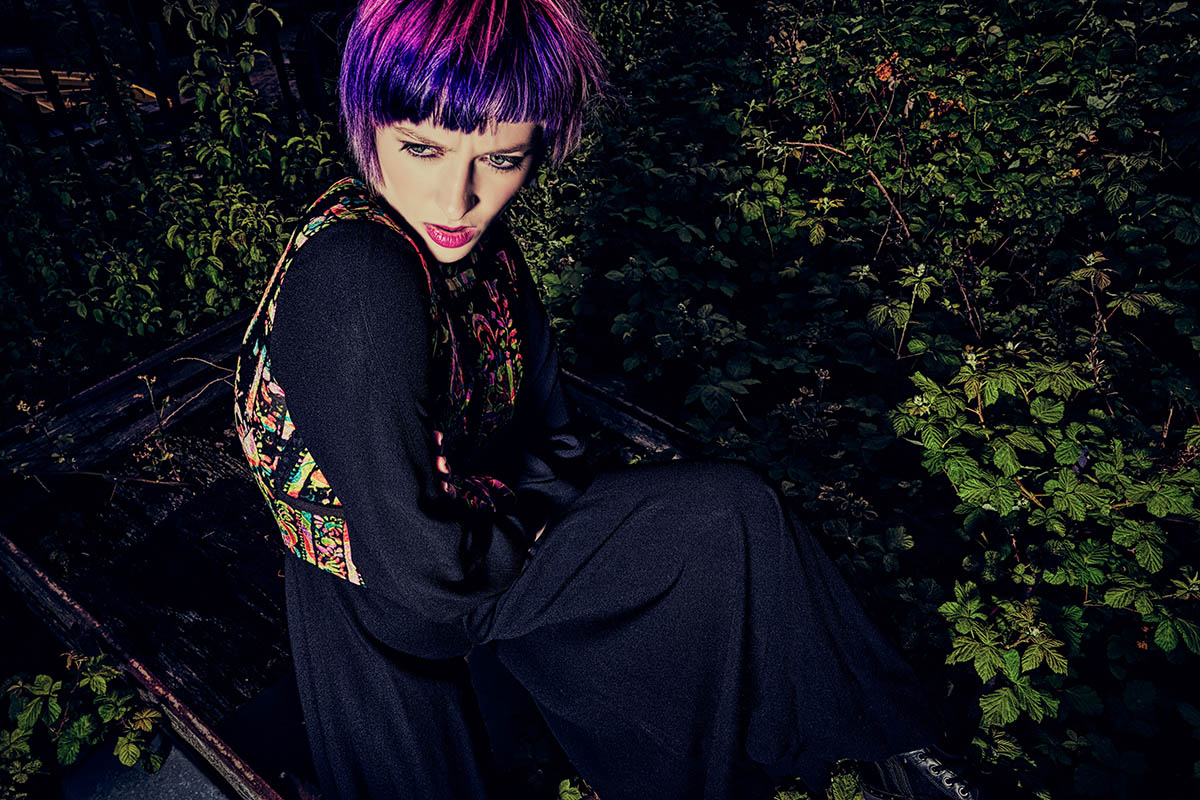
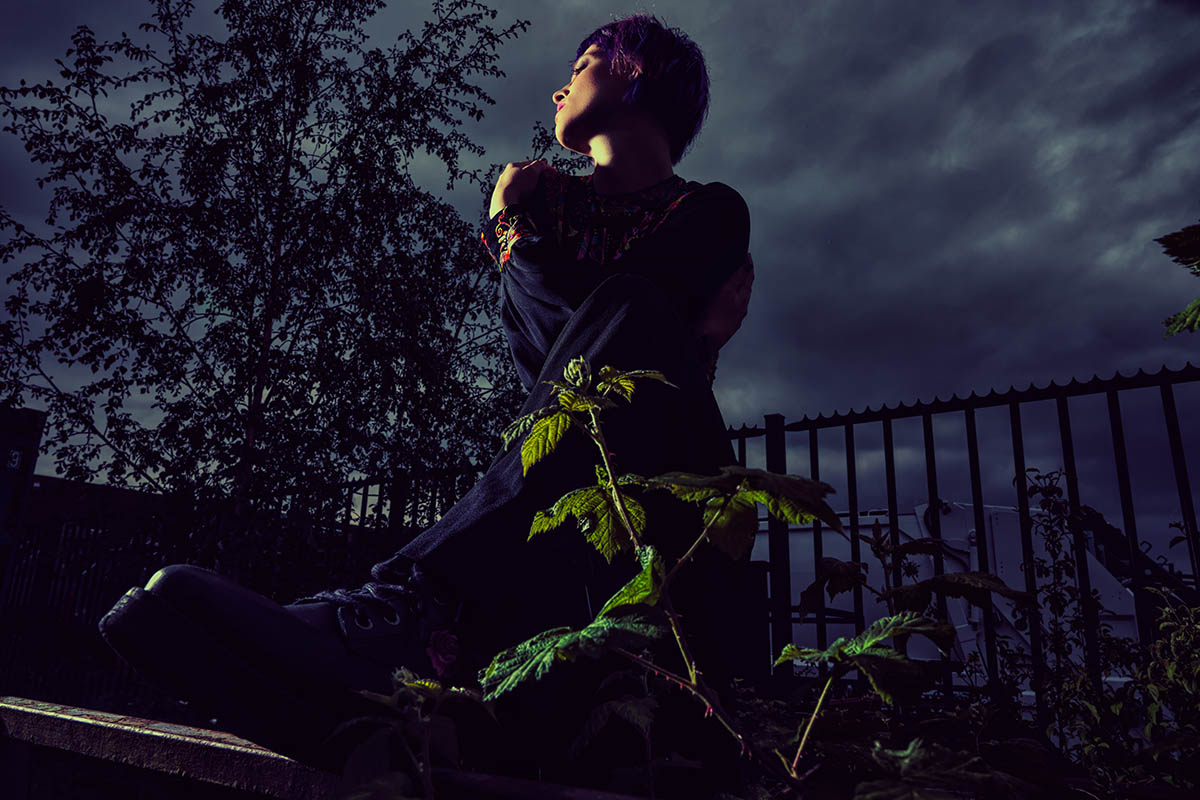
Now this is very basic.
The main thing with a camera like the Sony A-7RIII is that it uses a high quality EVF, this means that on location I can easily judge my images, when I’m shooting with a group or for a client I’ll always shoot tethered, or in other words connected to a device.
The main thing with a camera like the Sony A-7RIII is that it uses a high quality EVF, this means that on location I can easily judge my images, when I’m shooting with a group or for a client I’ll always shoot tethered, or in other words connected to a device.
This can be wireless via the build in Sony option to a smart device/laptop, or you can use for example the Tethertools Case Air or Camranger. The disadvantage is often that you can only transfer JPGs, RAWs simply take too much time so that’s why when I shoot tethered I mostly use a cable to my laptop.
If you don’t shoot with an EVF I highly recommend using some form of tethered solution to check your images in the field, because trust me, there is nothing as frustrating as coming home with images you can’t use or not having the look you were after, by using a good way to judge your images in the field you prevent these problems. One more tip on this subject…. always make sure you can see the screen. For a workshop it’s not that critical in most cases, but when working for a client or with a real determined vision of how an image must look it’s very handy to make sure the screen you look at is in the shade, or in some form of shadow box. With the sun hitting your screen it’s impossible to really judge an image.
Any questions?
Feel free to ask.
Feel free to ask.
